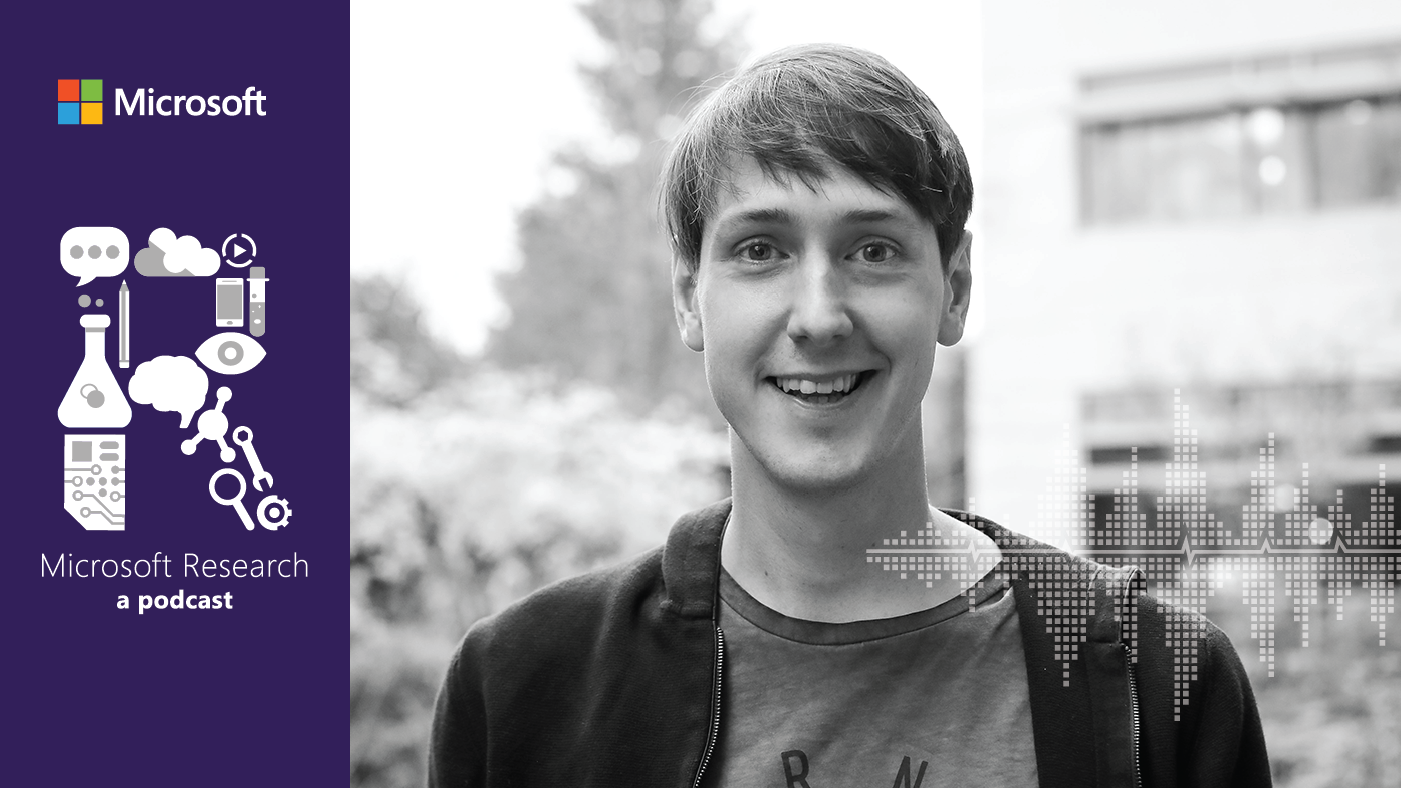
Welcome to Research Focus, a series of blog posts that highlights notable publications, events, code/datasets, new hires and other milestones from across the research community at Microsoft.
NEW RESEARCH
Snape: Reliable and Low-Cost Computing with Mixture of Spot and On-Demand VMs
To improve the utilization of computing resources, cloud providers often offer underutilized capacity at a discount, but with lower guarantees of availability. However, many customers hesitate to take full advantage of such offerings (such as spot virtual machines), even though they can provide scalability and lower costs for workloads that can handle interruptions.
In a new paper: Snape: Reliable and Low-Cost Computing with Mixture of Spot and On-Demand VMs,
researchers from Microsoft propose an intelligent framework to optimize customer cost while maintaining resource availability by dynamically mixing on-demand VMs with spot VMs. Snape is composed with a reliable model for predicting the eviction rate of spot VMs from the production trace and an intelligent constrained reinforcement learning (CRL) framework for learning the best mixture policy, given the predicted eviction rate and other service signals.
This proactive design enables an online decision-making system for dynamically adjusting the mixture of on-demand and spot VMs and ensures that a more aggressive and cheaper policy is only adopted when the reliability is high (low predicted eviction rates of spot VM). Experiments across different configurations show that Snape achieves 44% savings compared to the policy of using only on-demand VMs, and at the same time, maintains 99.96% availability—2.77% higher than with a policy of using only spot VMs.
Spotlight: Microsoft Research Podcast
AI Frontiers: The Physics of AI with Sébastien Bubeck
What is intelligence? How does it emerge and how do we measure it? Ashley Llorens and machine learning theorist Sébastian Bubeck discuss accelerating progress in large-scale AI and early experiments with GPT-4.
NEW RESEARCH
Embracing Noise: How can systems be designed and created with and for noise?
Noise—as a term used to describe data as not meaningful or useful to a system—is a helpful concept in fields like data science, machine learning, and AI. It can help make data manageable, for example by allowing “noisy” data points to be identified and removed so the data can be streamlined to fit a computational structure. But unlike computer systems, which operate with explicit definitions and discrete structures, people have varying boundaries and perceptions of what is meaningful. This presents choices that involve noise. For example, what specific input will we be expecting and what remaining potential input will be considered noise? What constitutes valid input, and what are the consequences of deciding that something is “invalid”?
In a new paper: Embracing Data Noise, Microsoft researcher Ida Larsen-Ledet examines conceptualization, acceptance, and use of noise; including what may be gained from viewing seemingly undesirable output as noise with potential.
When designing computing systems, removing or reducing noise can be the right choice – for example, in safety-critical environments. But noise shouldn’t be uncritically disregarded. If we look at noise in a nuanced way, we may be better able to apply it in useful ways.
NEW RESEARCH
DOTE: Rethinking (Predictive) WAN Traffic Engineering
Uncertainty about future network traffic trends presents a crucial real-world challenge for routing, especially over wide-area networks where bandwidth is expensive, and applications have stringent quality-of-service requirements. In a new paper, DOTE: Rethinking (Predictive) WAN Traffic Engineering, researchers from Microsoft Research teamed up with researchers from the Hebrew University and the Technion to explore a new design point for traffic engineering on wide-area networks (WANs): directly optimizing traffic flow on the WAN using only historical data.
The novel algorithmic framework of DOTE combines stochastic optimization and deep learning to identify appropriate routing using as input only historical traffic demands. Intrinsically, the technique picks up on patterns in traffic demands at the scale of large WANs, allowing it to identify high-quality routing without predicting future demands. The research shows this method provably converges to the global optimum in well-studied theoretical models and demonstrates the performance benefits through extensive analyses of empirical data from operational networks, including Microsoft’s backbone network.
OPPORTUNITY
Predoctoral Research Assistant (contract) – Computational Social Science
Microsoft Research New York City seeks a recent college graduate for a contingent Predoctoral Research Assistant position in computational social science (CSS). Our Predoctoral Research Assistant program is aimed at candidates seeking research experience prior to pursuing a PhD in fields related to CSS.
Our computational social science group is widely recognized as a leading center of CSS research. Our research lies at the intersection of computer science, statistics, and social sciences, and uses large-scale demographic, behavioral, and network data to investigate human activity and relationships. Apply by May 5 for a one-year assignment beginning in Summer 2023, with a possibility to extend to a total of 18 months.
The post Research Focus: Week of April 10, 2023 appeared first on Microsoft Research.

